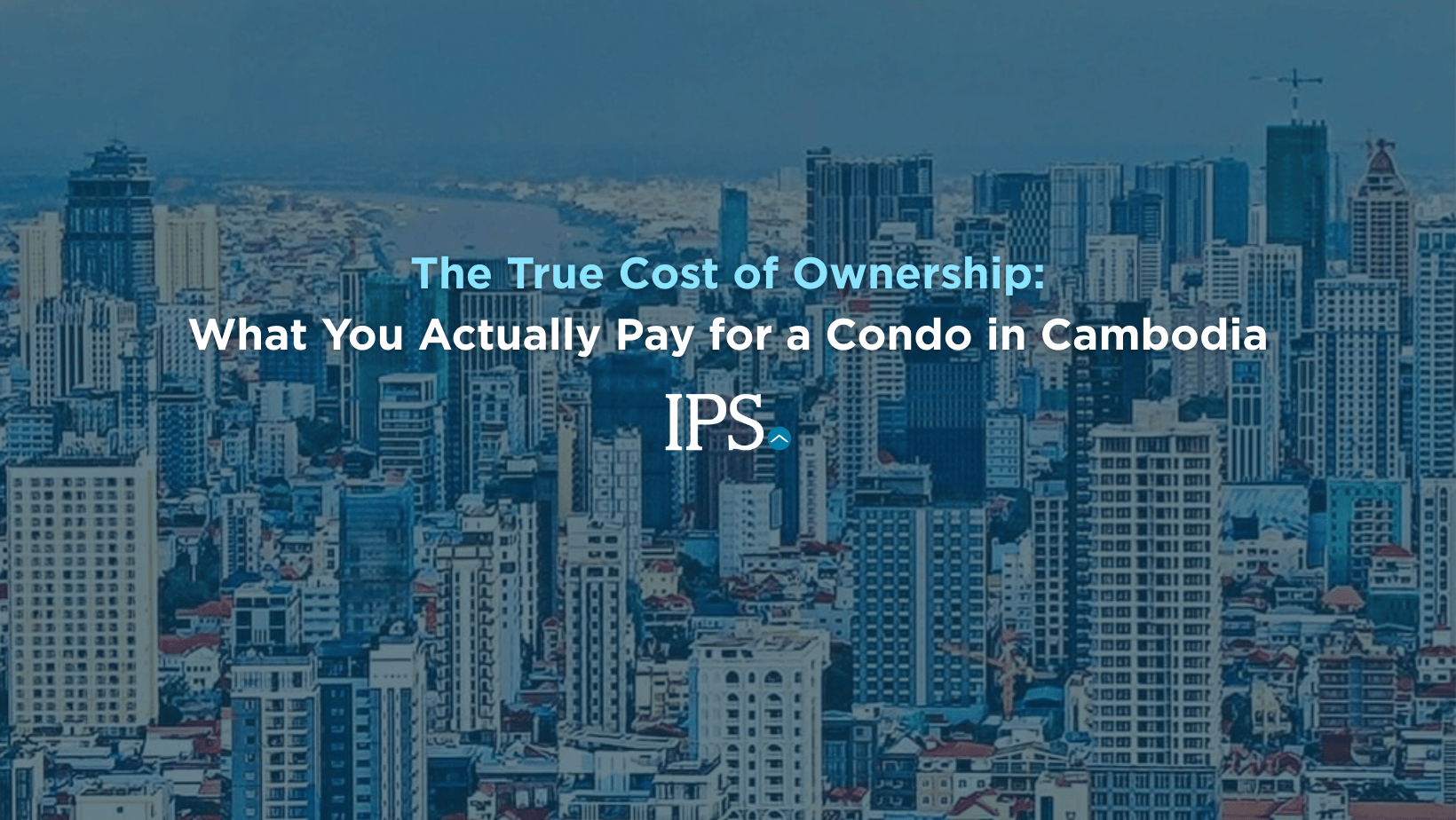Background Of Co-Ownership Building
Cambodia’s thriving real estate market has drawn significant attention from foreign investors, leading to a rapid increase in the development of condominiums and apartments. This trend gained momentum following the implementation of the law on foreign ownership of private units in co-owned buildings, which came into effect on May 24, 2010.
A co-ownership building refers to a structure where multiple owners reside. These buildings include both exclusive private units owned by individual residents and common areas shared by all co-owners. Co-ownership buildings can include semi-detached and multi-storey villas, condominiums, and other adjoining structures, as defined in Article 3 of Prakas No. 050 on the Registration of Private Sections of Buildings Completed Before December 19, 1997.
Owners of private units in these co-ownership buildings have the right to use, earn income and benefit from, and dispose of their units freely within the bounds of the law, as outlined in Article 138 of the 2007 Civil Code.
Both Cambodians and foreigners are increasingly drawn to condominiums, particularly in urban centers, where convenience in commuting, business activities, daily life, and entertainment is highly valued. In Phnom Penh, newly constructed co-owned buildings, such as condos and apartments, are typically registered with the Ministry of Land Management, Urban Planning, and Construction, allowing owners to obtain a Certificate of Ownership of Private Unit (hard title). However, many older co-ownership buildings, such as those around Orussey Market, Central Market, Taphang Market, and along Monivong Boulevard, remain unregistered and do not have hard titles.
Historically, old co-ownership buildings were not included in systematic land registration, sporadic registration, and complementary registration procedures. As a result, owners of private units in these buildings often possess only soft titles , such as sale-purchase agreements, which do not fully guarantee legal security.
Update On The Management Of Old Co-Ownership Buildings
To address this issue, the Ministry of Land Management, Urban Planning, and Construction recently issued Prakas No. 050 on the Form and Procedures for Registration of Private Units of Co-Owned Buildings completed before December 19, 1997. This legal document reflects the Ministry’s commitment to managing and providing legal security to the owners of private units in older co-ownership buildings, helping to prevent disputes and protect the legal property rights of these occupants.
Read: Cambodian Property Titles: Everything You Need to Know – IPS Cambodia Real Estate (ips-cambodia.com)
Under this Prakas, o wners of private units in co-ownership buildings completed before December 19, 1997, can now apply for registration of their units . The application process requires three key documents:
- A copy of the registration application
- Two copies of the identification document for each co-owner
- Two copies of proof of legal possession of the immovable property (photocopy), if available
According to Article 7 of the Prakas, the registration process for private units in co-ownership buildings follows standard land registration procedures, including systematic registration, sporadic registration, and complementary registration. Upon completion, owners receive a Certificate of Ownership of Private Unit (hard title) . It is important to note that this Prakas does not explicitly address the rights of foreigners to own units in co-owned buildings completed before December 19, 1997.
The issuance of this Prakas is expected to facilitate the buying and selling of private units in old co-owned buildings (including semi-villas, villas, multi-storey apartments, and other types of houses with adjoining structures). It will reduce the risk of disputes, enhance legal protection, and boost buyer confidence, as owners will obtain a hard title once their private units are registered.


